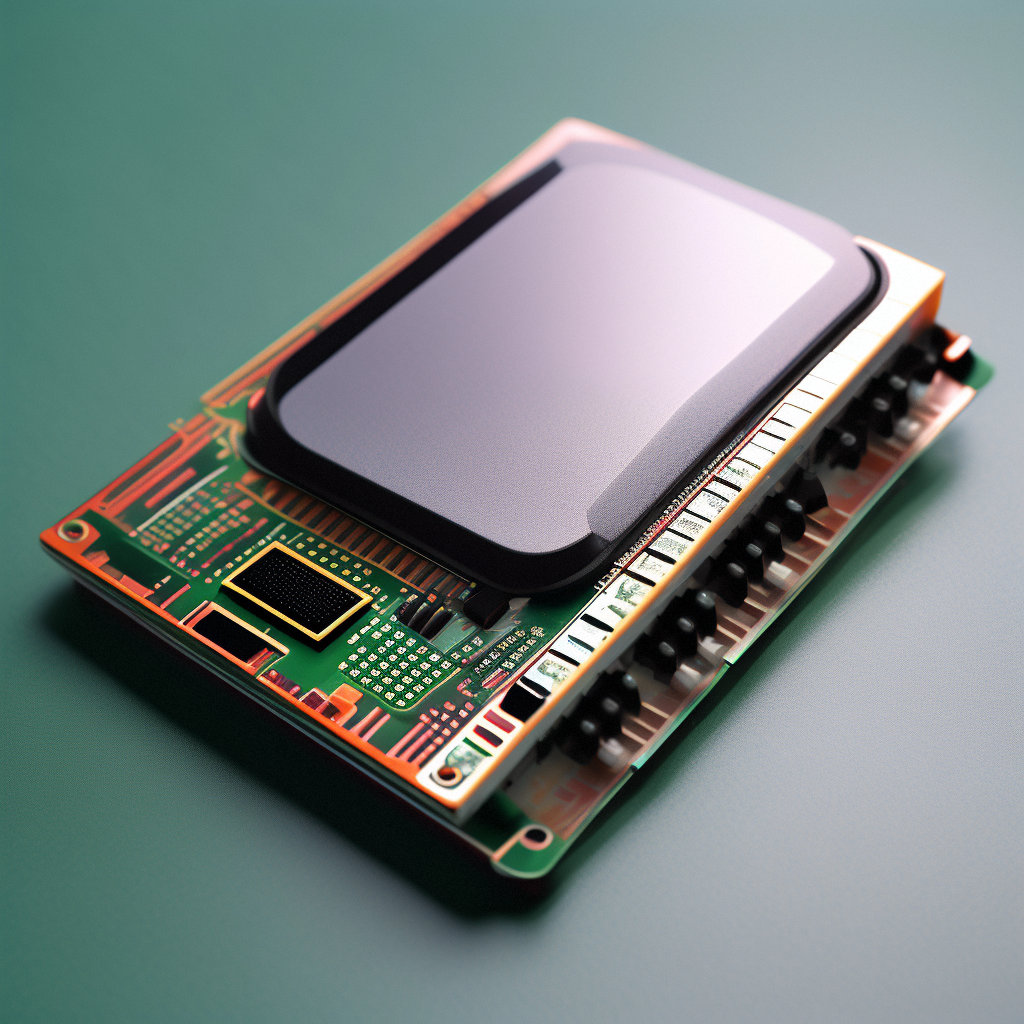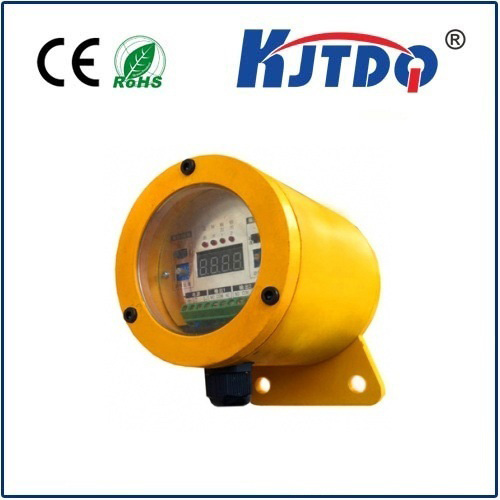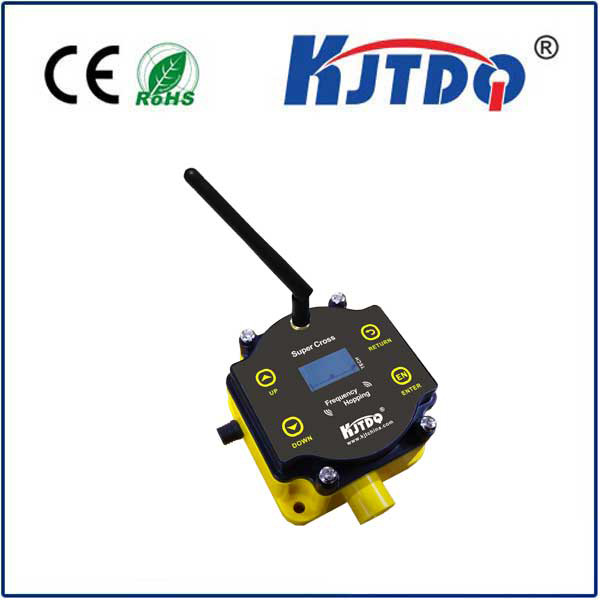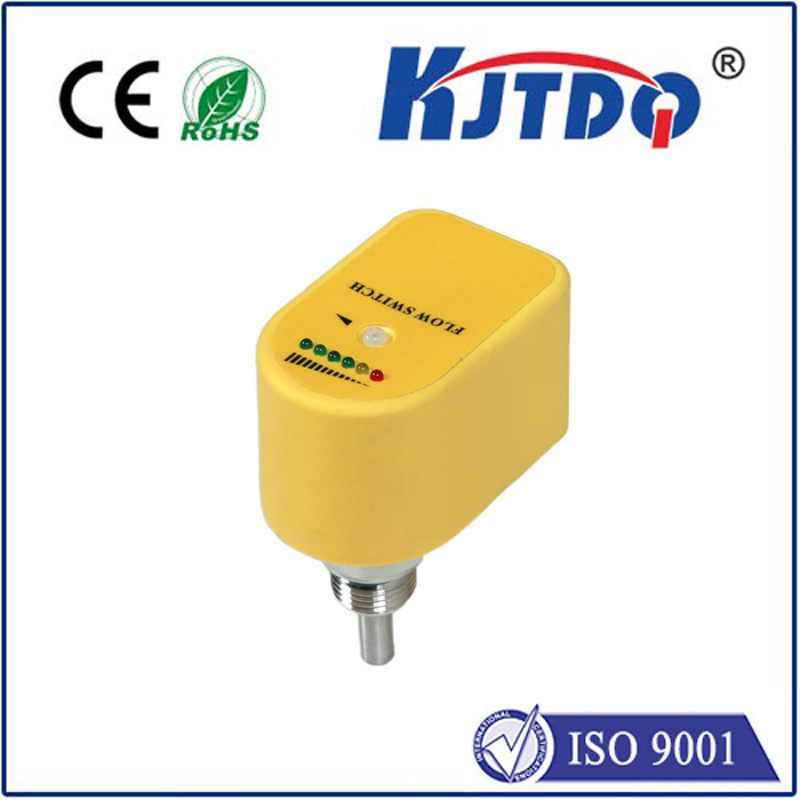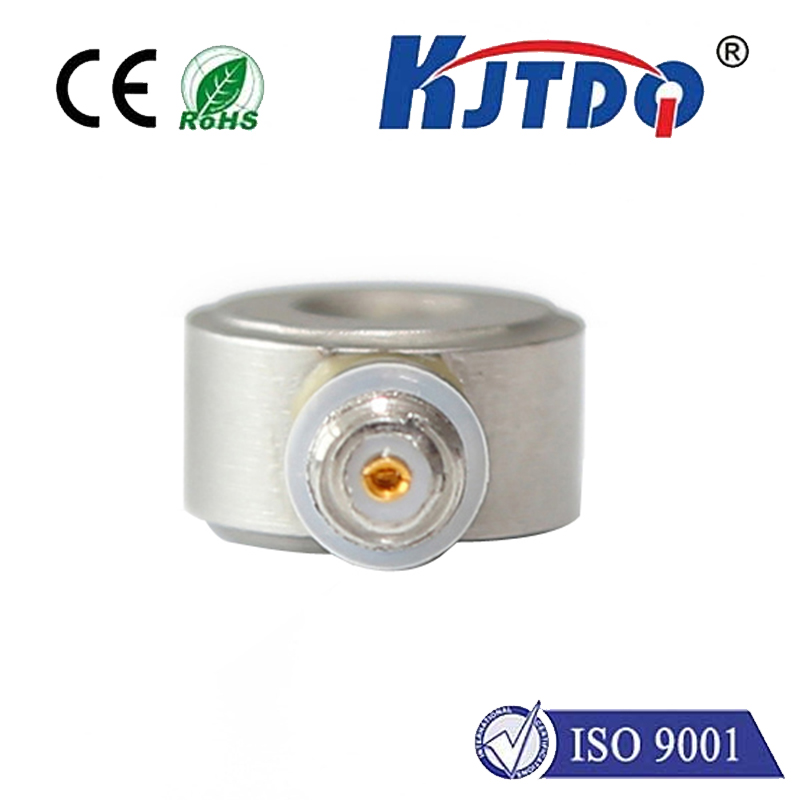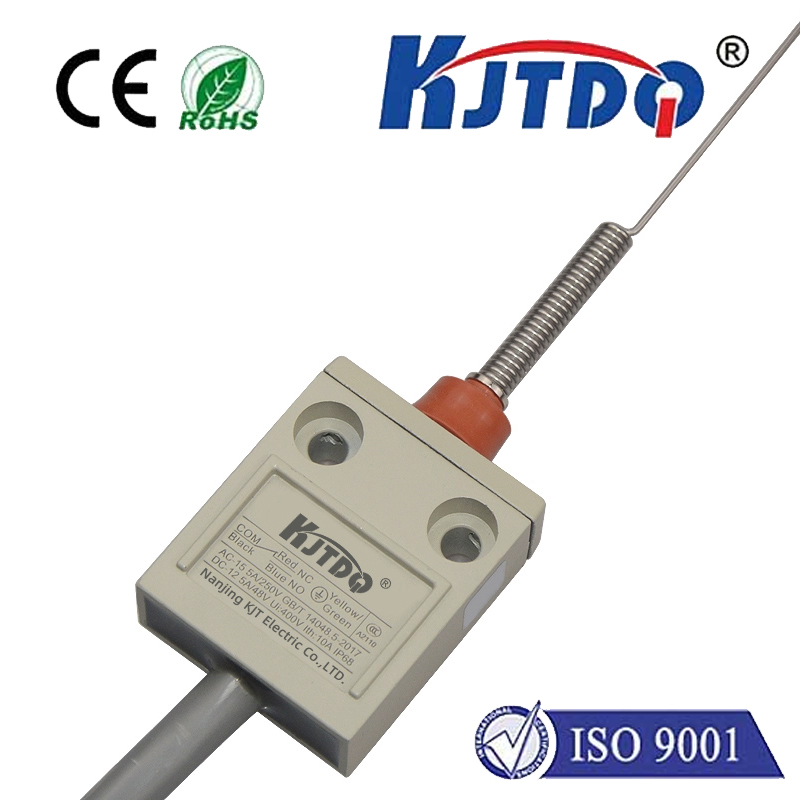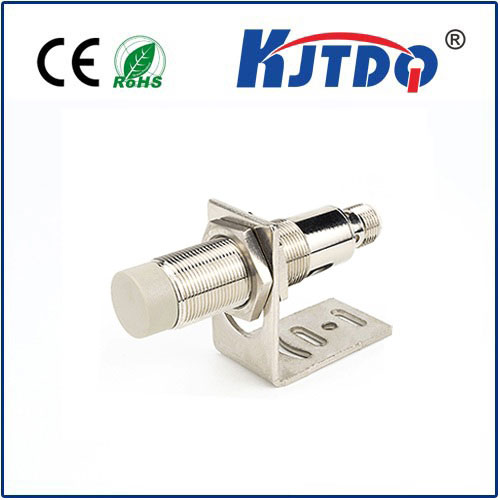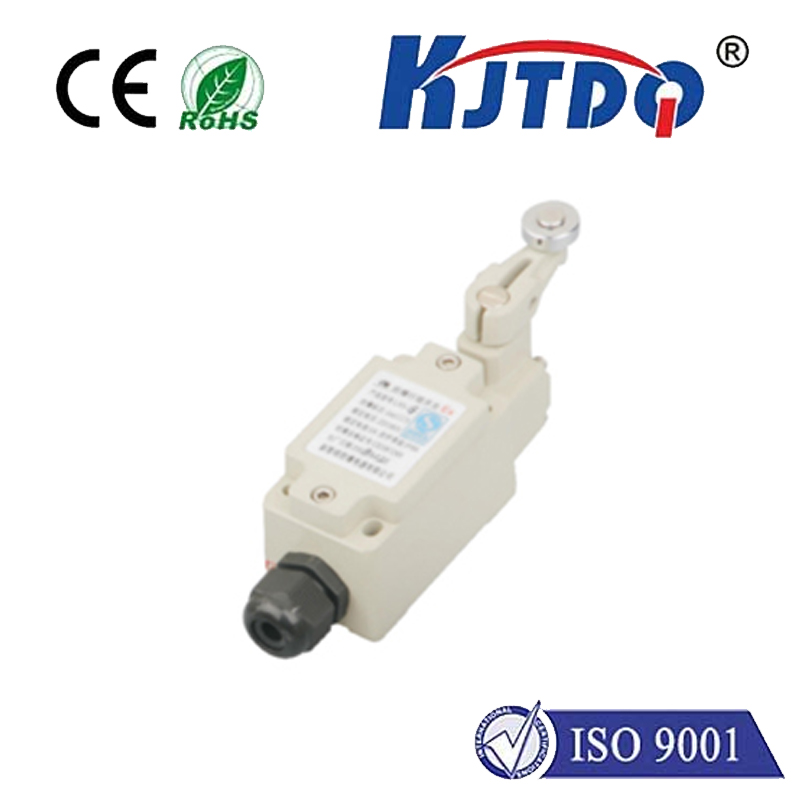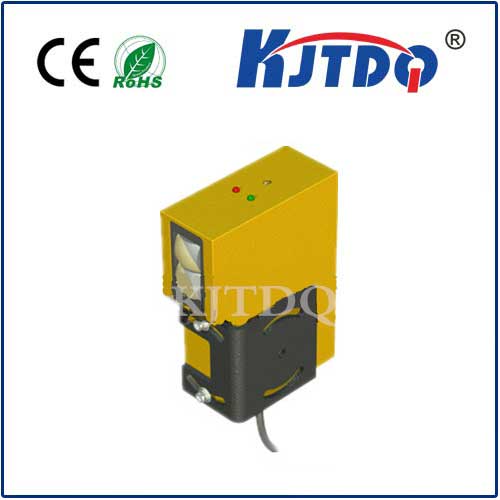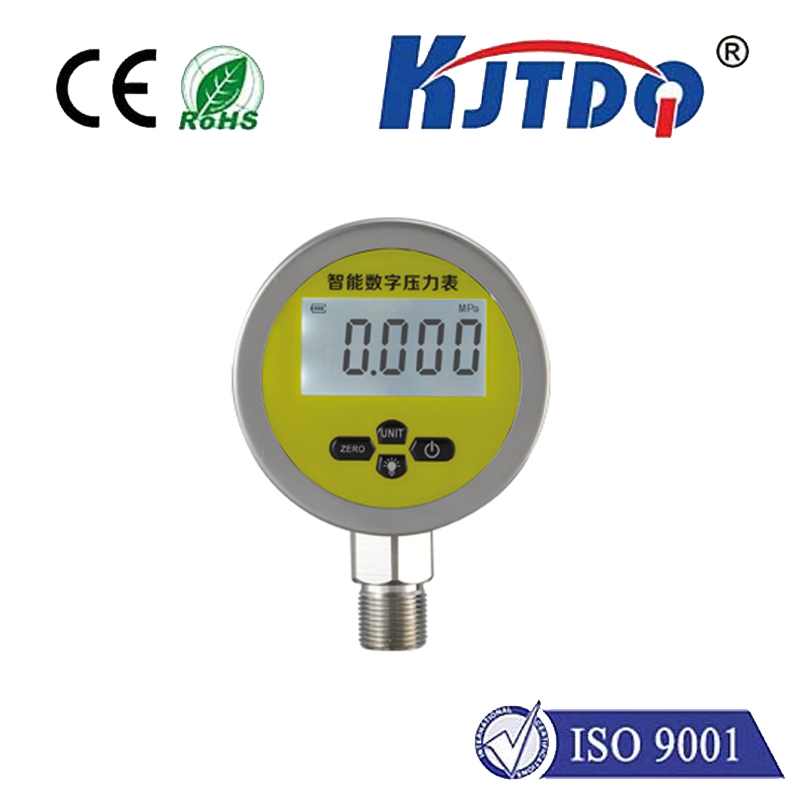
check

check

check

check
In the realm of modern automation and industrial control systems, the importance of zero speed sensors cannot be overstated. These devices play a crucial role in ensuring that machinery operates safely, efficiently, and with precision. But what exactly are zero speed sensors, and how do they function within complex industrial environments? Let’s delve into the fascinating world of zero speed sensors and explore their applications and benefits.
A zero speed sensor is an electronic device designed to detect when a machine or piece of equipment has come to a complete stop. Unlike conventional speed sensors that measure rotational velocity, zero speed sensors focus specifically on the state of motion — or the lack thereof. They provide critical feedback for control systems by signaling when an object is either stationary or has ceased moving entirely. These sensors operate based on various principles such as magnetic induction, optical detection, or proximity sensing. For instance, a magnetic zero speed sensor might rely on a reed switch activated by a magnet attached to a rotating part, while an optical sensor could use a beam of light interrupted by the passage of a moving object.
Preventing Overruns in Conveyors: In material handling systems, conveyors play a pivotal role in transporting goods efficiently. However, unexpected stops due to jams or maintenance can lead to product damage or safety hazards. Zero speed sensors monitor conveyor belt speed and trigger emergency stops if no movement is detected, thus preventing overruns and potential mishaps.
Enhancing Elevator Safety: Elevators are lifelines in multi-story buildings, and their safe operation is paramount. Zero speed sensors ensure that elevators come to a precise halt at each floor, providing passengers with smooth and safe entries and exits. If a malfunction occurs, these sensors can signal the control system to initiate corrective actions, such as engaging the emergency brake.

Optimizing Motor Control: In motorized systems, knowing when a motor has reached a standstill is essential for process optimization and energy conservation. Zero speed sensors enable precise control over start-up sequences, ensuring that motors are not unnecessarily powered when idle, thereby saving energy and reducing wear and tear.
Improving Printing Quality: In high-speed printing operations, maintaining consistent movement through the press is crucial for print quality. Zero speed sensors detect any pauses or irregularities in paper feed, allowing for timely adjustments to maintain optimal printing conditions and avoid wastage.
The integration of zero speed sensors brings forth numerous advantages that enhance overall system performance and reliability:
Enhanced Safety: By promptly identifying stopped conditions, zero speed sensors mitigate risks associated with unexpected machine downtime or runaway processes.
Operational Efficiency: These sensors streamline operations by enabling precise control over machinery movement, minimizing downtime, and maximizing productivity.
Cost Savings: Through improved energy management and reduced maintenance requirements, businesses can significantly cut operational costs while extending the lifespan of their equipment.
Data-Driven Decision Making: With real-time monitoring capabilities, zero speed sensors generate valuable data that informs predictive maintenance strategies and proactive decision-making processes.
Zero speed sensors serve as indispensable components in the intricate tapestry of modern automation and control systems. Their ability to detect stillness ensures that machines operate smoothly, safely, and efficiently across various industries. As technology continues to evolve, so too will the capabilities and applications of these remarkable sensors, further solidifying their importance in shaping the future of industrial automation.
